Countries that still have royal families
Monarchies, with their rich traditions and captivating stories, still play significant roles in today’s world. From ceremonial duties to influencing national identity, these royal families have adapted to modern times while retaining their unique charm.
While some monarchies are purely symbolic, others wield considerable power, and each carries a history that adds to its nation’s cultural tapestry. Let’s embark on a journey through some of the world’s fascinating royal families and the roles they play today.
The British Royal Family: A Global Fascination
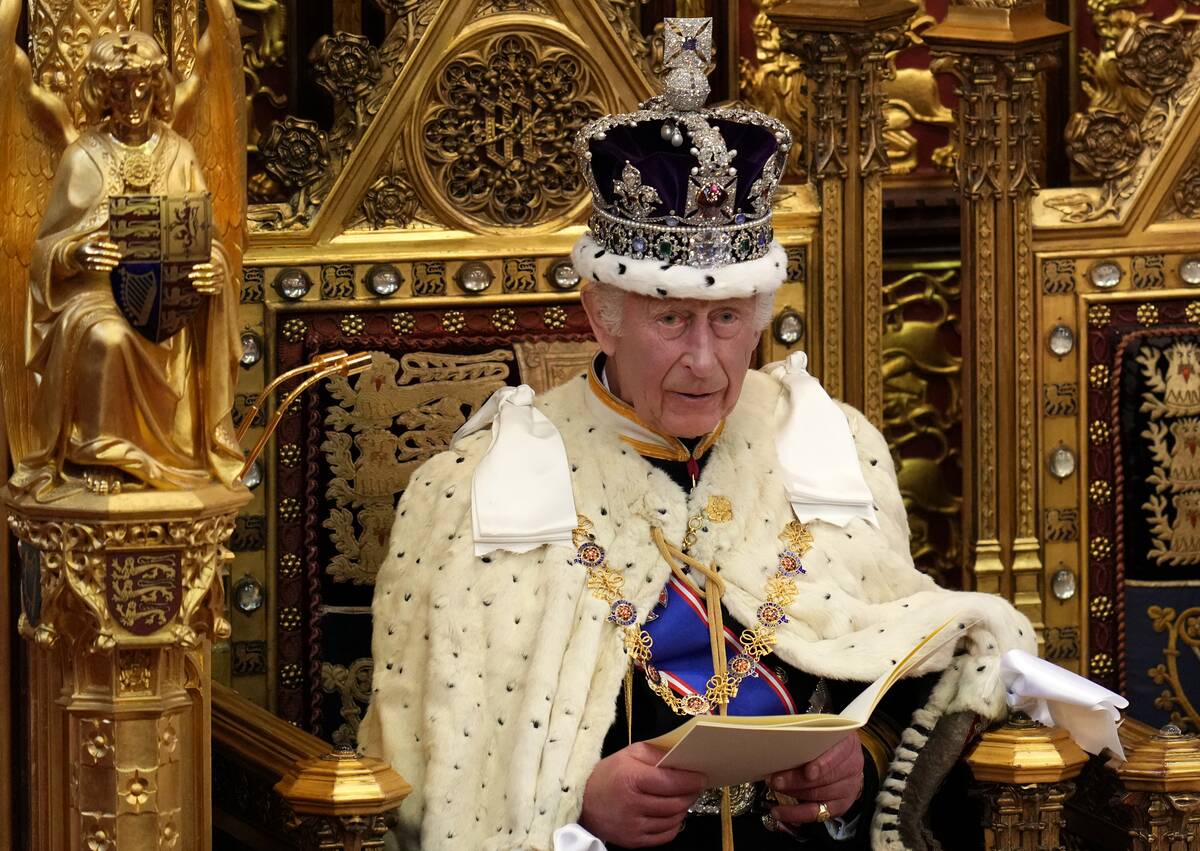
The British Royal Family, led by King Charles III, is undoubtedly one of the most famous monarchies worldwide. With a lineage dating back over a thousand years, it remains a symbol of continuity and tradition in the United Kingdom.
The family’s public engagements and charitable work are closely followed by the media, capturing global attention and curiosity. Notably, the British monarchy is a constitutional one, meaning the monarch’s powers are largely symbolic and ceremonial, yet they still command a global fascination.
The Majestic Monarchs of Sweden
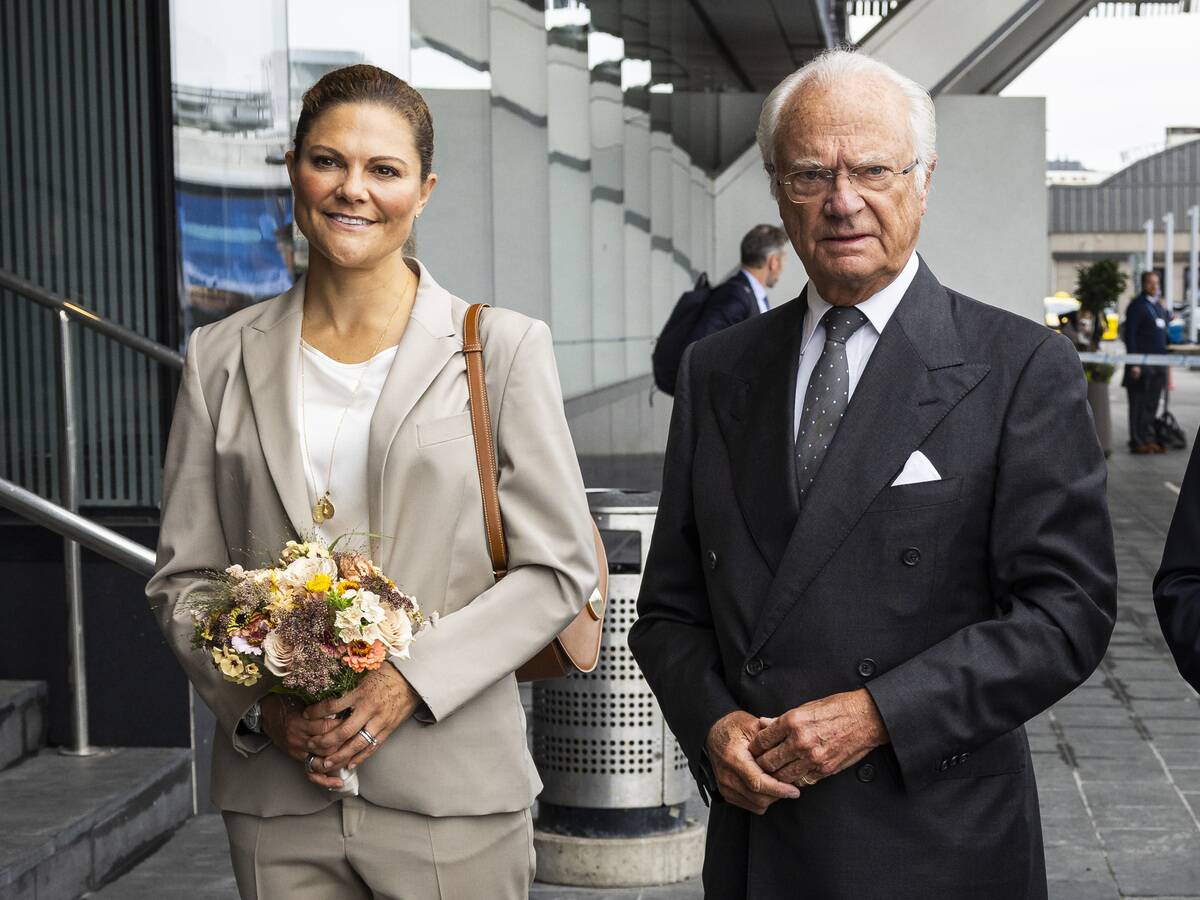
Sweden’s royal family, led by King Carl XVI Gustaf, has a reputation for being modern and approachable. The Swedish monarchy is one of the oldest in Europe, with roots tracing back over a millennium.
Despite being a constitutional monarchy, the royal family engages actively in public and social causes, such as environmental sustainability and children’s rights. Crown Princess Victoria, heir to the throne, is particularly beloved by Swedes for her down-to-earth approach and dedication to service.
Norway’s Regal Heritage
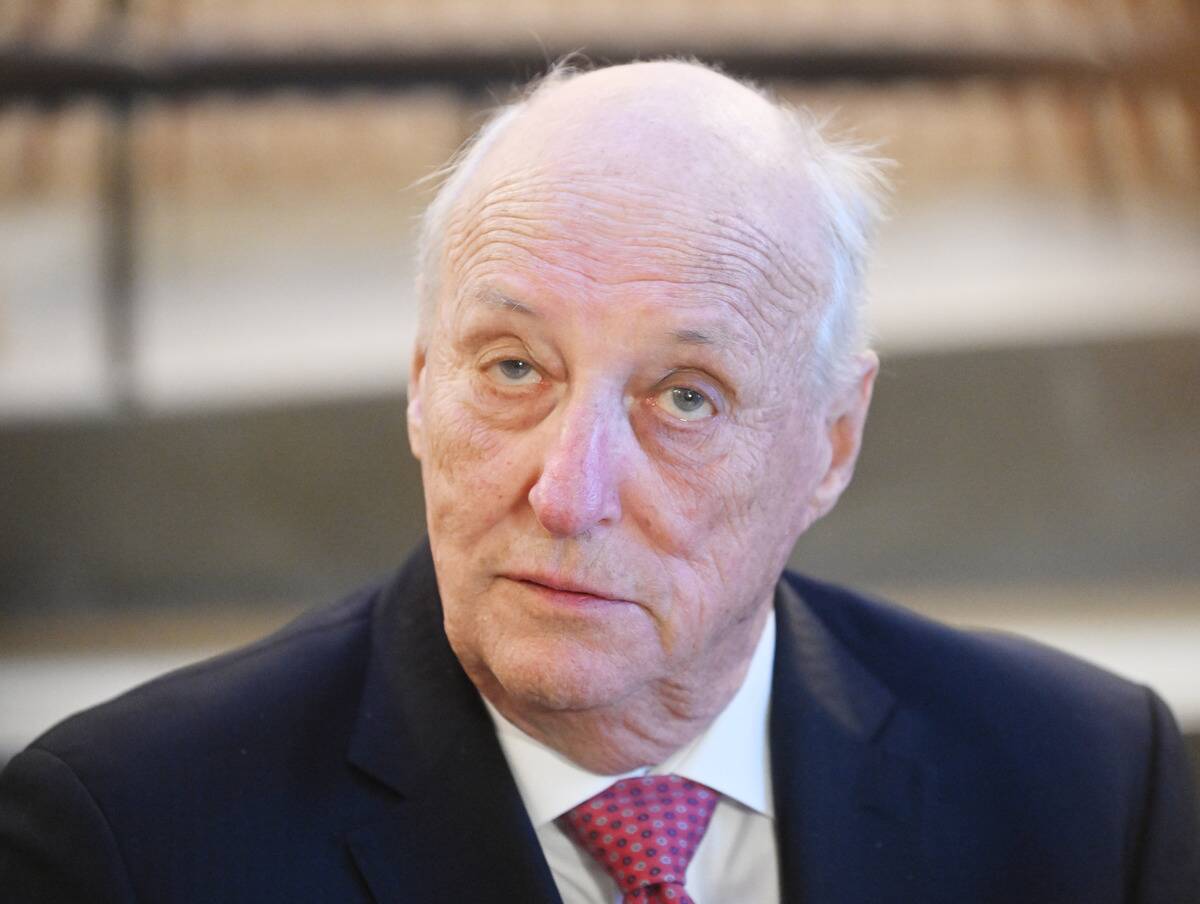
Norway’s royal family, headed by King Harald V, is known for its commitment to national unity and humanitarian efforts. The Norwegian monarchy was established in 1905 after the dissolution of the union with Sweden.
The family is highly respected within Norway and often seen as a symbol of national pride. They participate in numerous charitable activities and maintain a close connection with the Norwegian people, reinforcing the monarchy’s relevance in contemporary society.
The Danish Royal Lineage
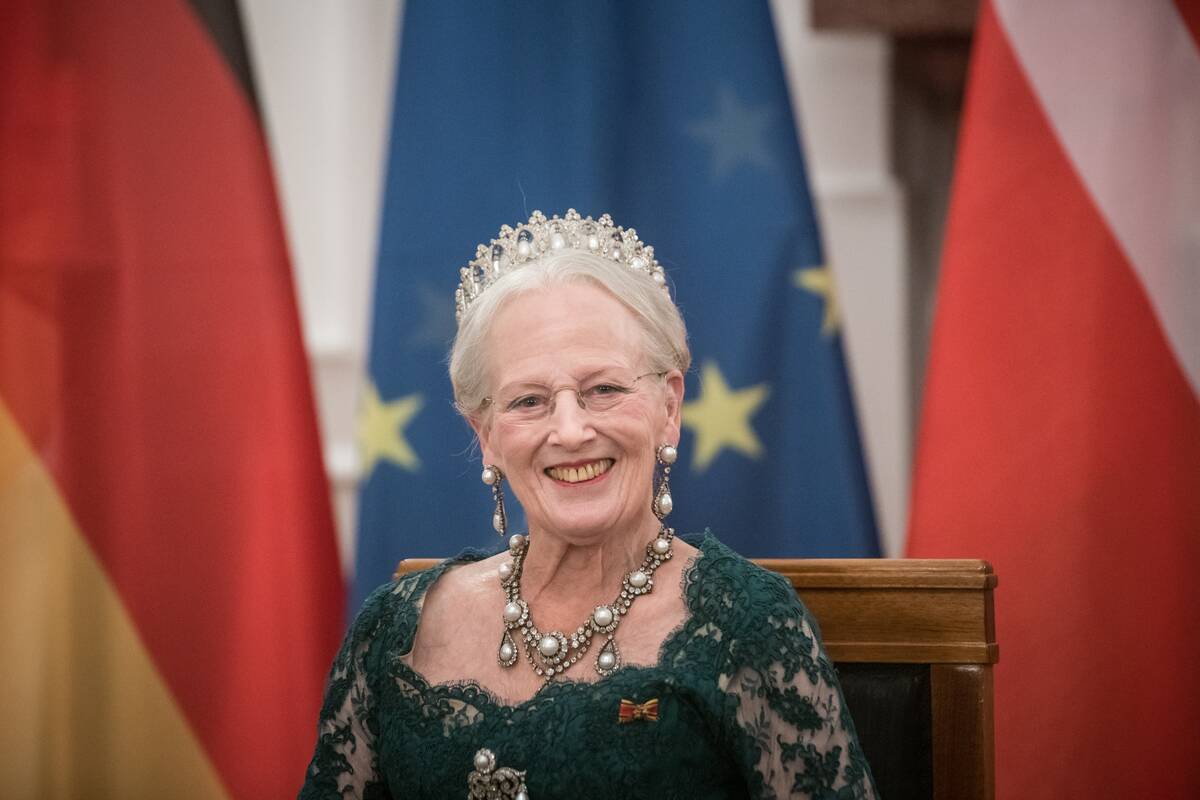
Denmark’s royal family, with Queen Margrethe II at its helm, is one of the oldest in the world, tracing back over 1000 years. Known for their progressive approach and cultural patronage, the Danish royals are popular figures both at home and abroad.
The monarchy is constitutional, meaning the queen’s role is largely ceremonial. However, the family is active in various public welfare projects, particularly those focusing on science, art, and social issues, reflecting their continued influence.
The Dutch Royal House
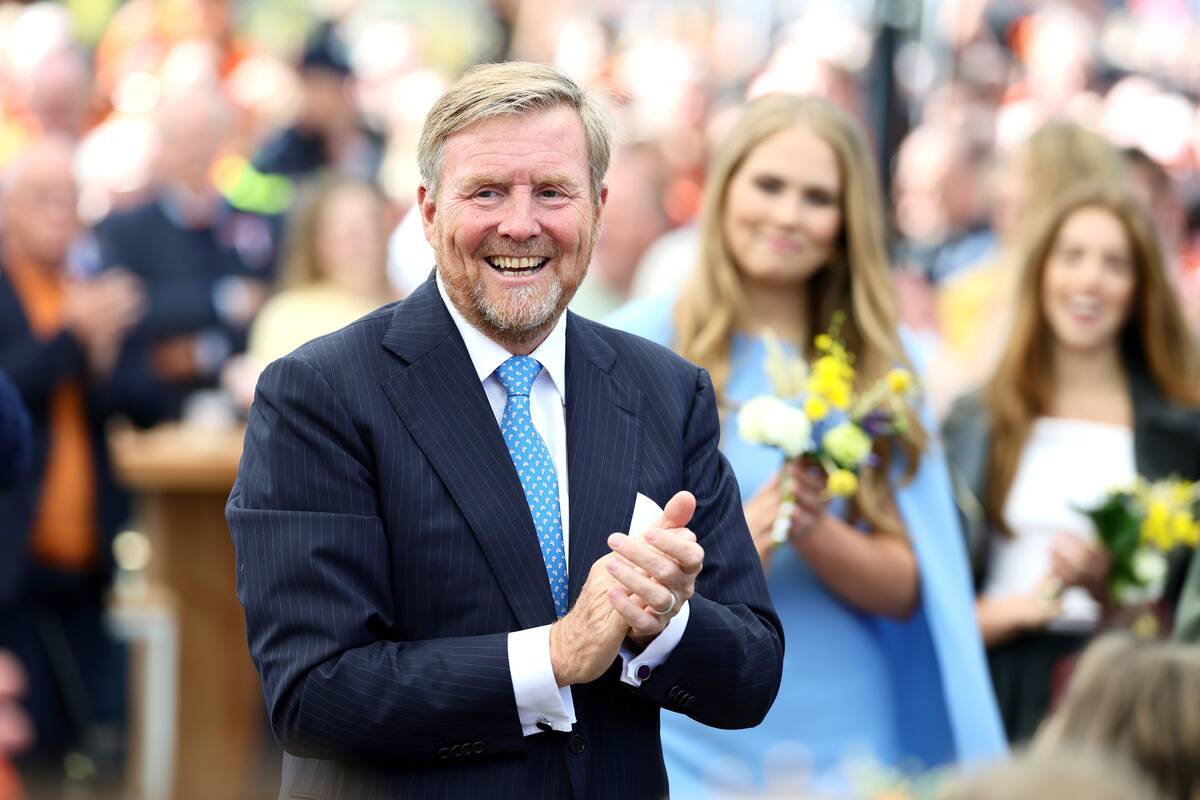
The Dutch royal family, led by King Willem-Alexander, is known for its down-to-earth nature and accessibility. The House of Orange-Nassau has guided the Netherlands through significant historical changes since the 16th century.
Today, the monarchy plays a largely ceremonial role, but the king and his family are involved in numerous public and charitable activities. Queen Máxima, in particular, is celebrated for her work with financial inclusion and education, making the royal family beloved among the Dutch.
Belgium’s Monarchical Charm
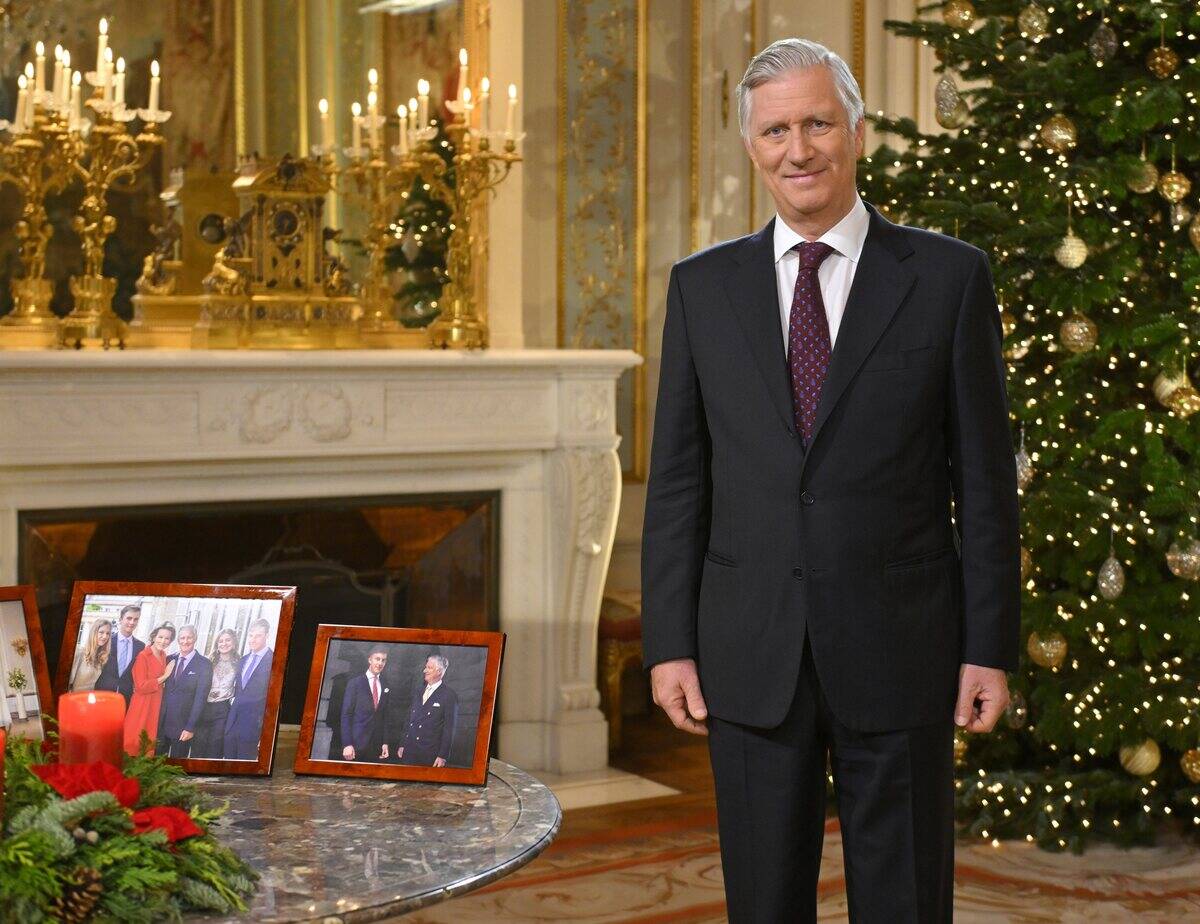
Belgium’s monarchy, under the reign of King Philippe, is a constitutional one, providing a unifying figure for the country’s diverse communities. The Belgian royal family is deeply respected and plays a vital role in international diplomacy and national unity.
King Philippe and Queen Mathilde are known for their active engagement in social and humanitarian causes, from mental health awareness to supporting underprivileged youth, enhancing the monarchy’s positive image both domestically and abroad.
The Spanish Monarchy: A Storied Past
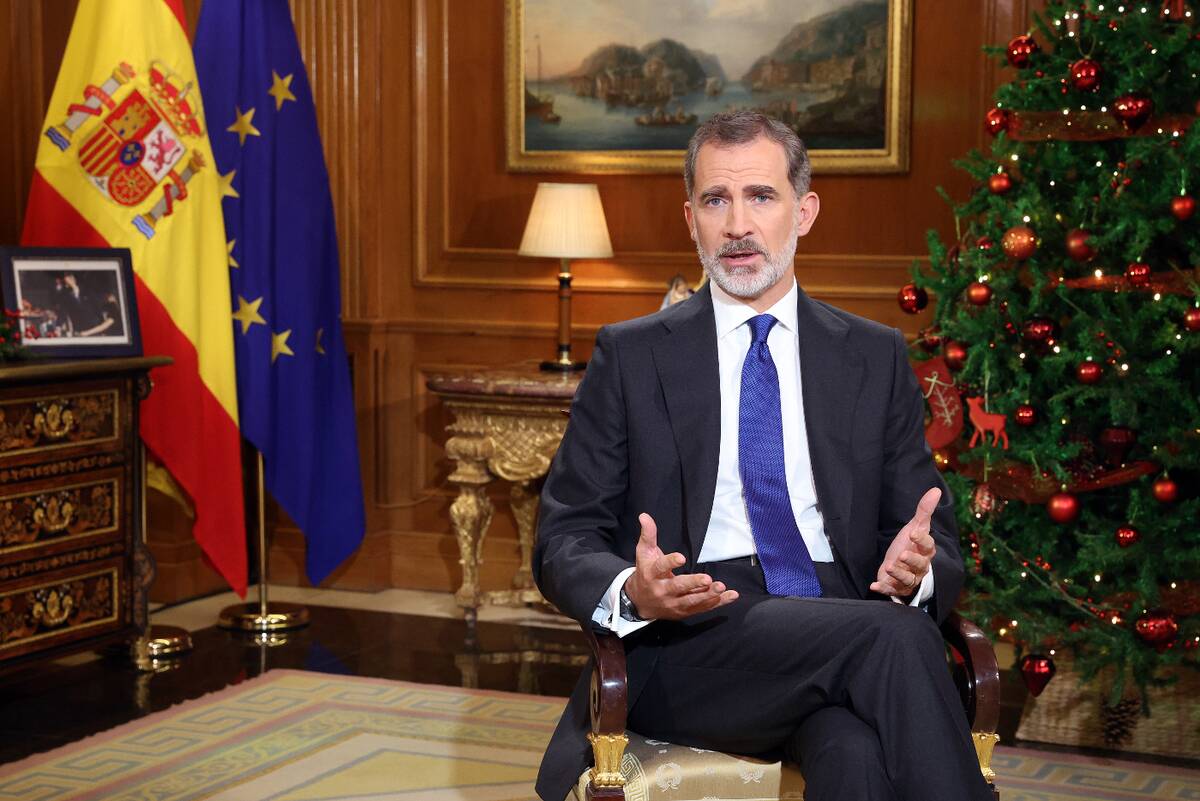
Spain’s monarchy, currently led by King Felipe VI, has a history marked by both grandeur and controversy. The Spanish royal family was restored in 1975 after the Franco regime, and since then, they have worked to modernize and adapt to democratic principles.
King Felipe VI has been praised for his efforts to maintain neutrality and promote unity in a country often divided by regional identities. The monarchy continues to play a ceremonial role, with a focus on cultural and international representation.
The Luxurious Royals of Luxembourg
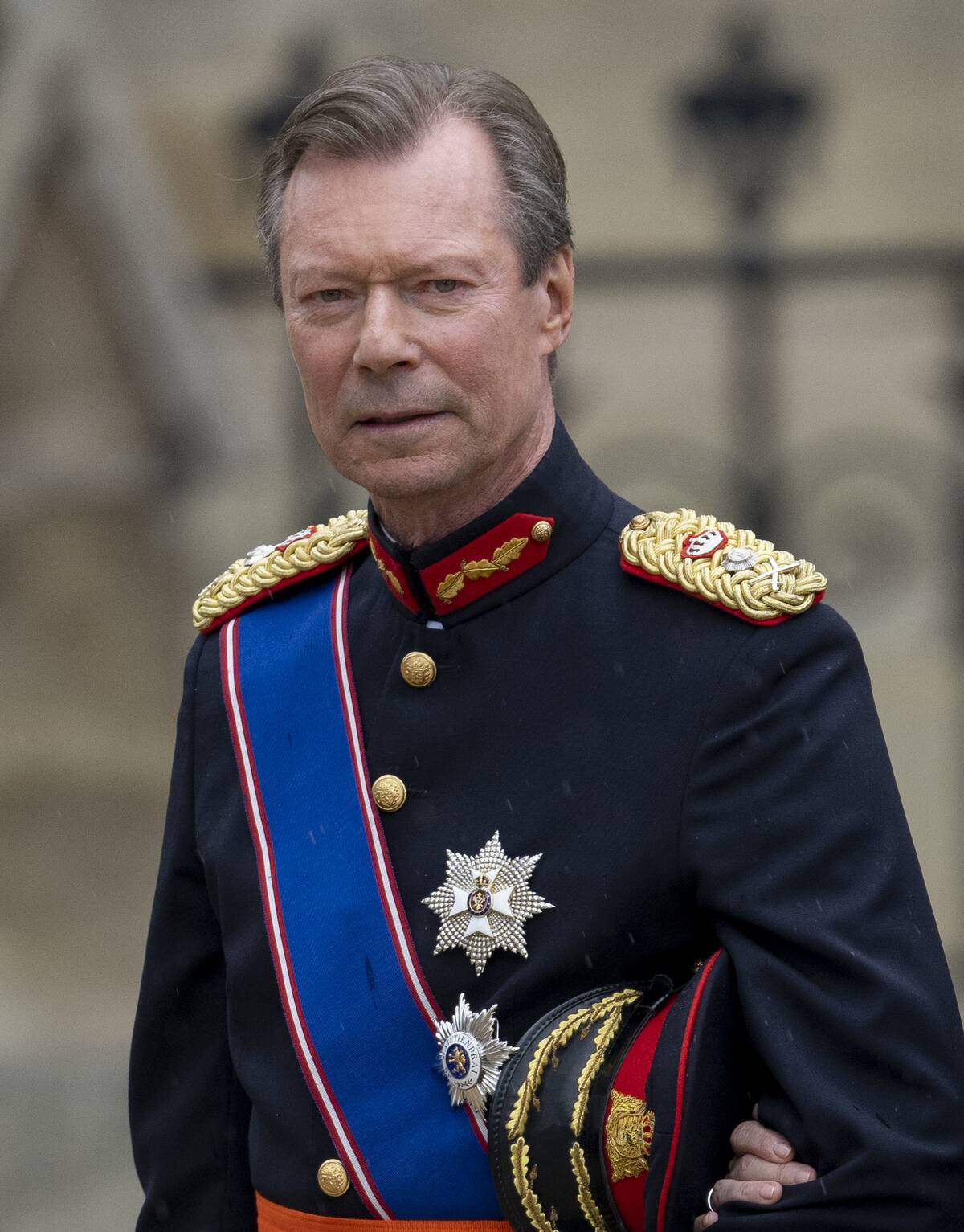
Luxembourg’s grand ducal family, led by Grand Duke Henri, governs one of Europe’s smallest but wealthiest countries. The Grand Duchy is a constitutional monarchy with a history dating back to 963 AD.
The family is known for their involvement in charitable work and their role in promoting Luxembourg on the international stage. Despite its small size, Luxembourg’s monarchy plays a significant role in maintaining the country’s cultural heritage and fostering a sense of national pride among its citizens.
Monaco: A Principality with a Royal Flair
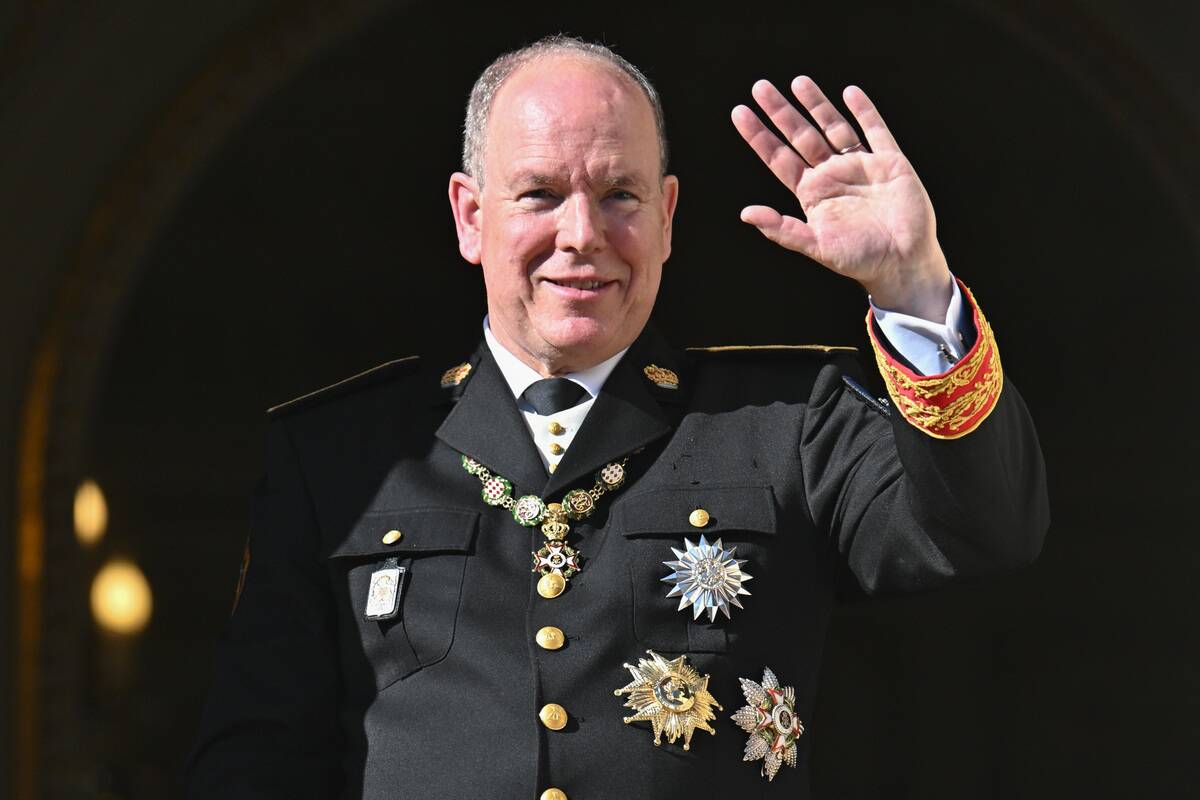
Monaco’s royal family, the House of Grimaldi, is synonymous with glamour and luxury. Prince Albert II currently reigns over the tiny yet affluent principality. Known for its stunning Mediterranean views and high-profile events like the Monaco Grand Prix, the principality is a playground for the wealthy.
The royal family is deeply involved in environmental and humanitarian issues, with Prince Albert taking a particular interest in ocean conservation and climate change, showcasing a blend of royal duty and modern concern.
The House of Liechtenstein
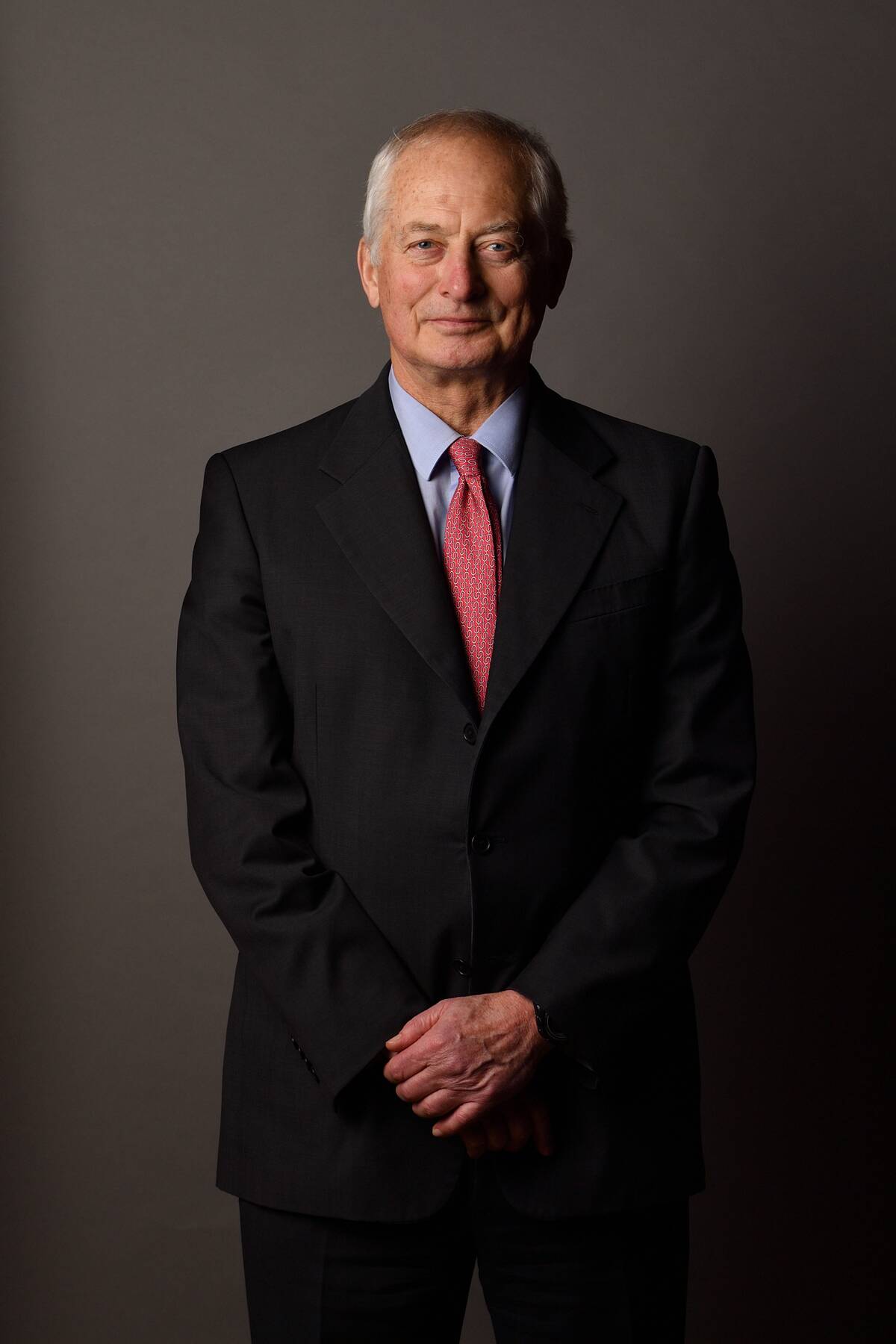
Liechtenstein’s princely family, led by Prince Hans-Adam II, presides over one of the world’s smallest and wealthiest nations. The House of Liechtenstein combines traditional values with a modern approach to governance.
The family has significant influence over national affairs, unlike many other European monarchies. Liechtenstein is known for its strong financial sector, and the royal family is actively involved in philanthropic efforts, particularly in art and cultural preservation, reflecting their commitment to both heritage and progress.
Thailand’s Embattled Royal Family
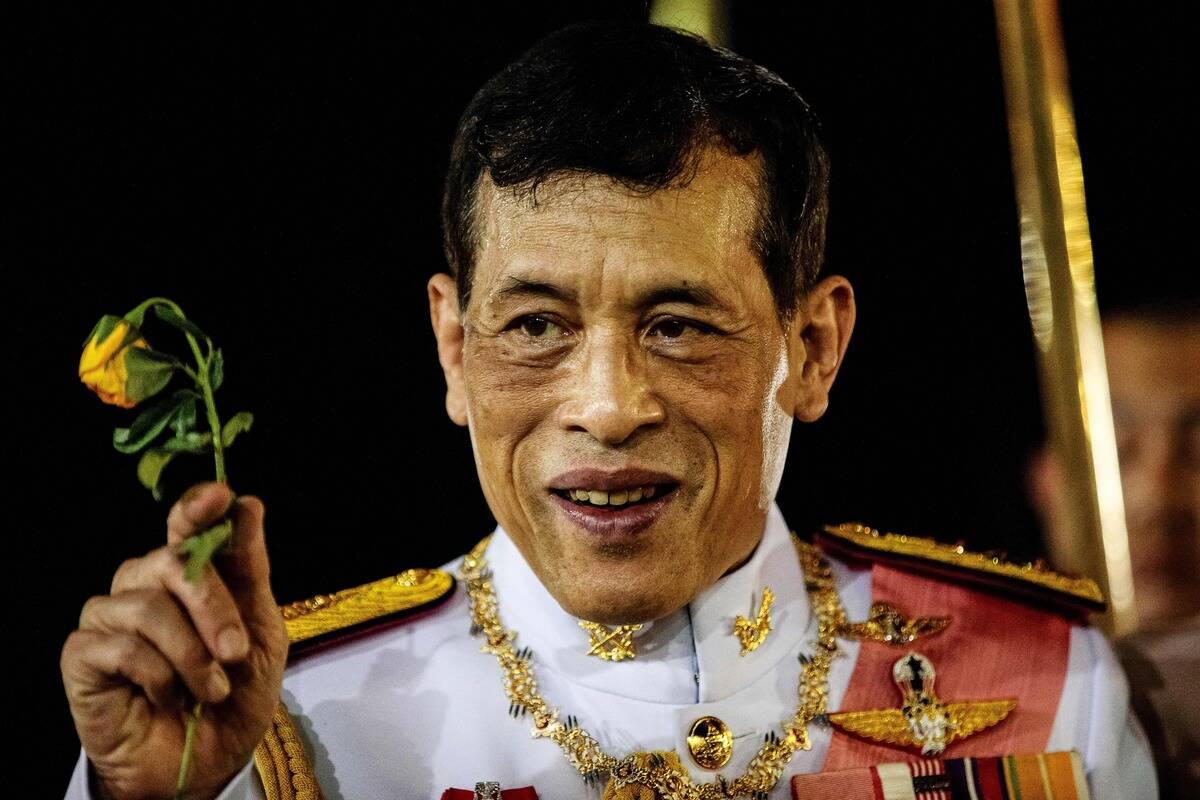
Thailand’s royal family, led by King Maha Vajiralongkorn, has lately been mired in controversy after a long period of being deeply revered by the Thai people. The monarchy is considered a stabilizing force in the country, with a history intertwined with Thailand’s cultural and religious identity.
However, Vajiralongkorn’s reign has seen controversies that would have been unheard of for his predecessor, often involving his extra-marital activity and selfishness during the rise of COVID-19. Despite recent controversies and changes in public perception, the Thai monarchy remains a central pillar of Thai society, symbolizing unity and national pride.
Japan’s Imperial Dynasty
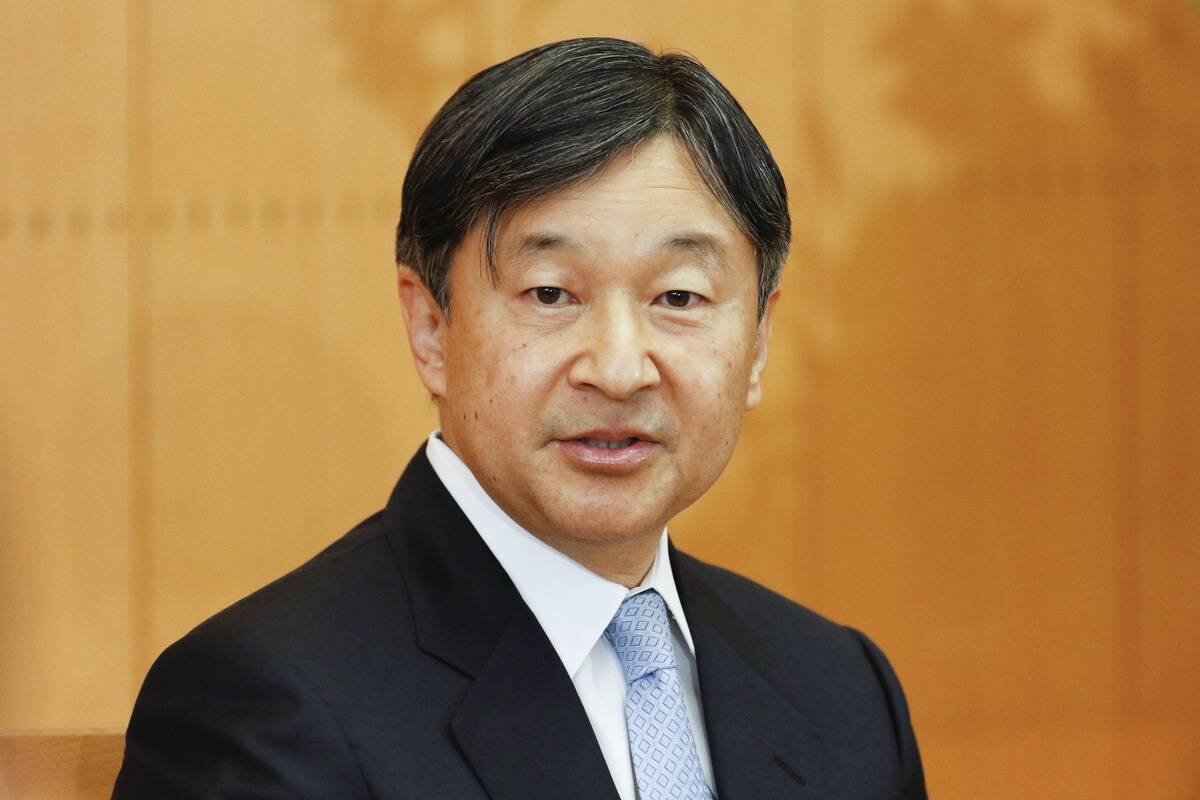
Japan’s imperial family, headed by Emperor Naruhito, is the world’s oldest hereditary monarchy, with a lineage stretching back over 2000 years. The Chrysanthemum Throne is largely symbolic, focusing on cultural duties and public appearances.
The emperor and his family are respected figures, embodying Japanese traditions and values. The imperial family’s role in promoting peace and international goodwill is significant, with Emperor Naruhito continuing his father’s legacy of engaging with the global community on issues like climate change and disaster resilience.
The Kings and Queens of Jordan
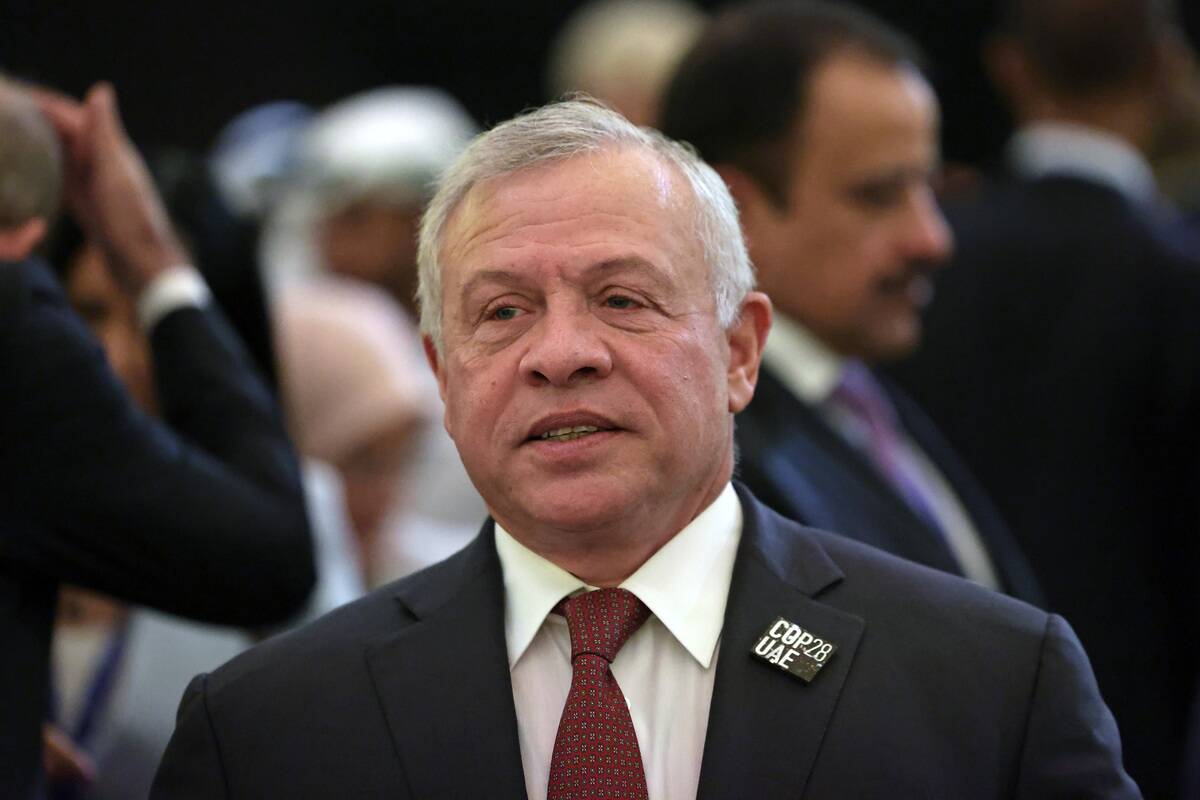
Jordan’s royal family, led by King Abdullah II, is known for its modern approach to monarchy. The Hashemite Kingdom, with a lineage tracing back to the Prophet Muhammad, plays a crucial role in Middle Eastern politics and diplomacy.
Queen Rania is particularly admired for her advocacy in education, health, and women’s rights. The Jordanian monarchy is seen as a stabilizing force in the region, balancing tradition with modernity while actively engaging in international and humanitarian issues.
The Moroccan Monarchy: Tradition Meets Modernity

Morocco’s monarchy, led by King Mohammed VI, is a blend of ancient traditions and modern governance. The Alaouite dynasty, reigning since the 17th century, plays a significant role in both religious and political spheres.
The king is known for his efforts in social and economic reforms, aiming to modernize the country while preserving its rich cultural heritage. The Moroccan royal family is deeply respected, and their initiatives in education, healthcare, and poverty alleviation are pivotal to the nation’s progress.
The Kingdom of Saudi Arabia: Royal Traditions
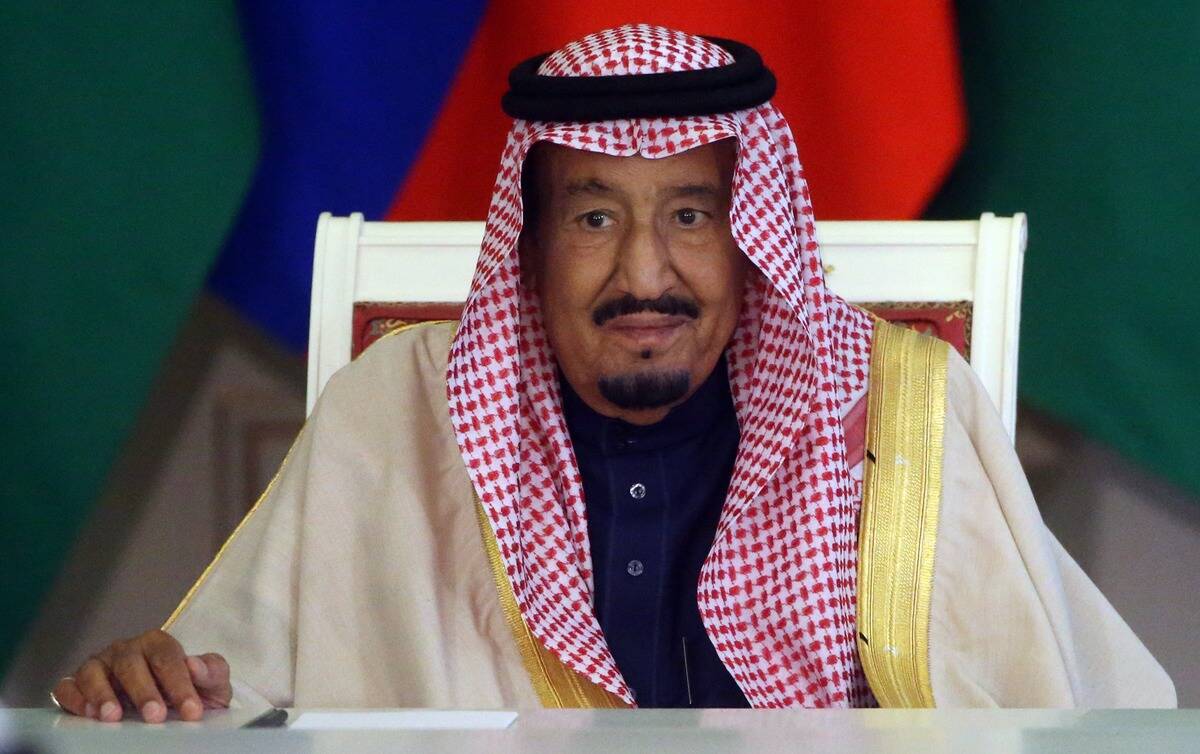
Saudi Arabia’s royal family, the House of Saud, wields considerable influence both domestically and internationally. King Salman bin Abdulaziz currently reigns, with the Crown Prince Mohammed bin Salman steering significant reforms under Vision 2030.
The monarchy is absolute, with the king holding supreme authority. The royal family plays a crucial role in the kingdom’s economic diversification efforts and international diplomacy, balancing traditional Islamic values with the demands of modernization in a rapidly changing world.
The Vibrant Royal Family of Malaysia
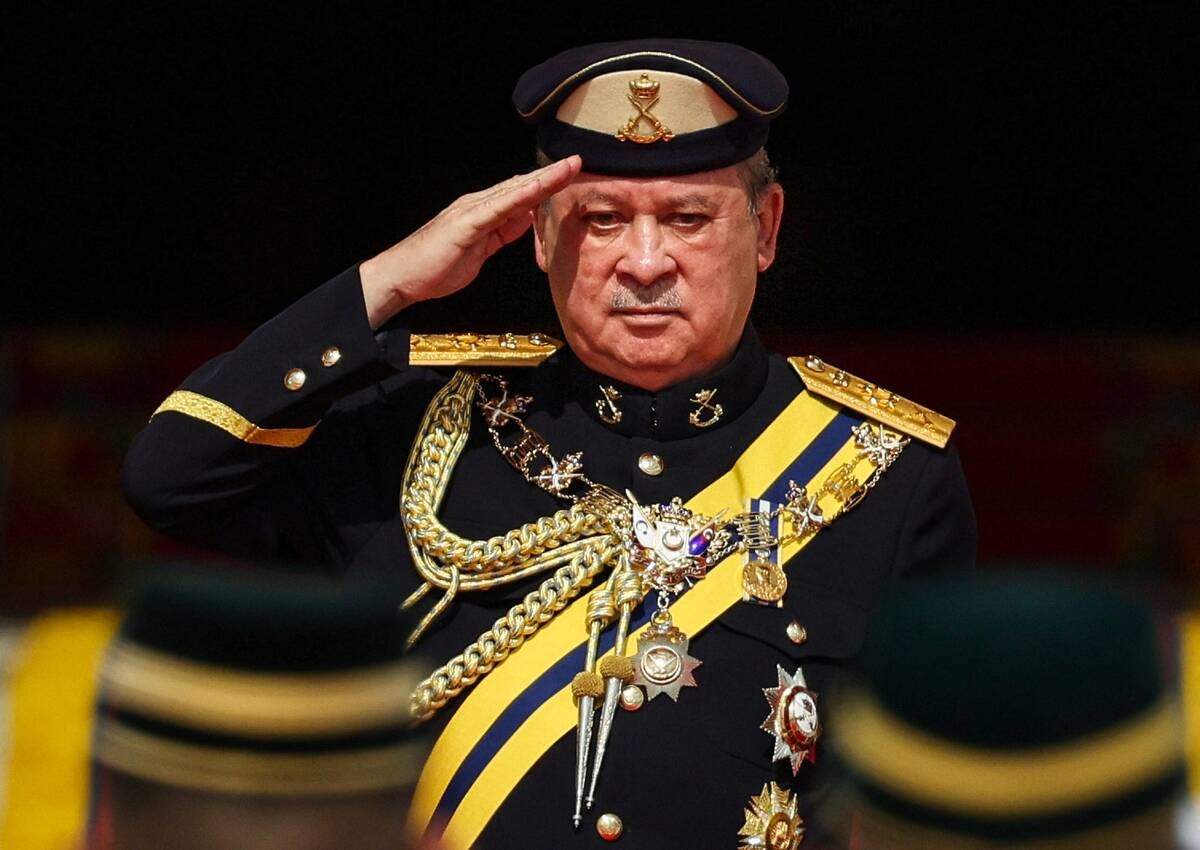
Malaysia’s monarchy is unique with its rotational system among nine hereditary sultans. The current king, Sultan Ibrahim Iskandar, serves a five-year term. This system ensures a diverse representation of Malaysia’s cultural landscape.
The monarch’s role is largely ceremonial, but the royal family actively participates in cultural and charitable events. Their involvement in promoting unity and understanding among Malaysia’s multi-ethnic population is vital, reflecting the monarchy’s role in fostering national harmony.
Cambodia’s Ceremonial Monarchy

Cambodia’s monarchy, led by King Norodom Sihamoni, is primarily ceremonial, with the king playing a symbolic role in the nation’s unity. The monarchy was reinstated in 1993 after years of conflict and upheaval.
King Sihamoni, known for his background in arts and culture, focuses on promoting Cambodian heritage and education. Despite having limited political power, the royal family enjoys respect from the Cambodian people, symbolizing peace and continuity amid the country’s complex political landscape.
The Sultanate of Brunei: A Royal Affair
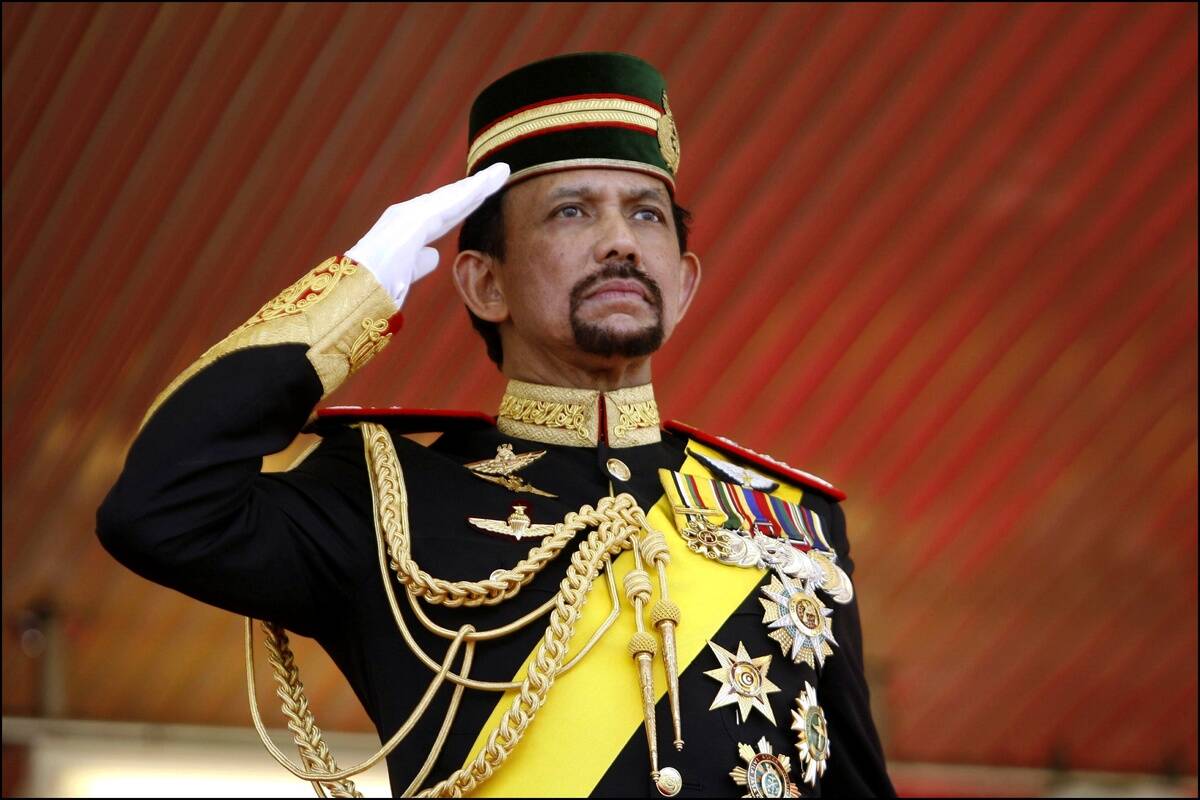
Brunei’s royal family, led by Sultan Hassanal Bolkiah, is known for its wealth and influence. The sultanate is an absolute monarchy, with the sultan holding both executive and legislative authority. Brunei’s economy is heavily reliant on oil and gas, and the royal family plays a significant role in its management.
The sultan is also recognized for his philanthropy, funding numerous educational and health initiatives. The monarchy is deeply intertwined with the nation’s identity, reflecting a blend of tradition and modern prosperity.
Bhutan’s Dragon Kings: A Unique Monarchy
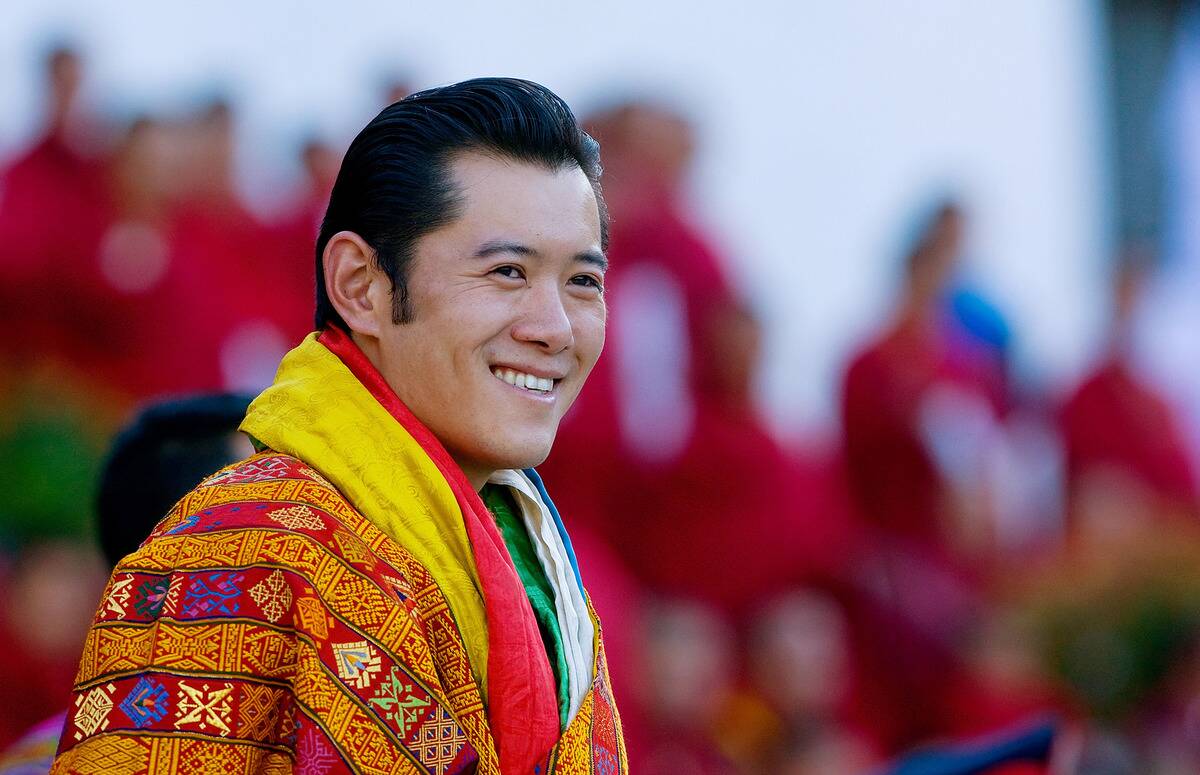
Bhutan’s monarchy, led by King Jigme Khesar Namgyel Wangchuck, is known for its unique philosophy of Gross National Happiness. The royal family is deeply respected and plays a crucial role in Bhutan’s development and modernization while preserving its cultural heritage.
The king’s focus on sustainable development, education, and health reflects a commitment to improving the well-being of his people. Bhutan’s monarchy is an example of how traditional values can align with modern governance to create a harmonious society.
The United Arab Emirates: A Federation of Monarchies
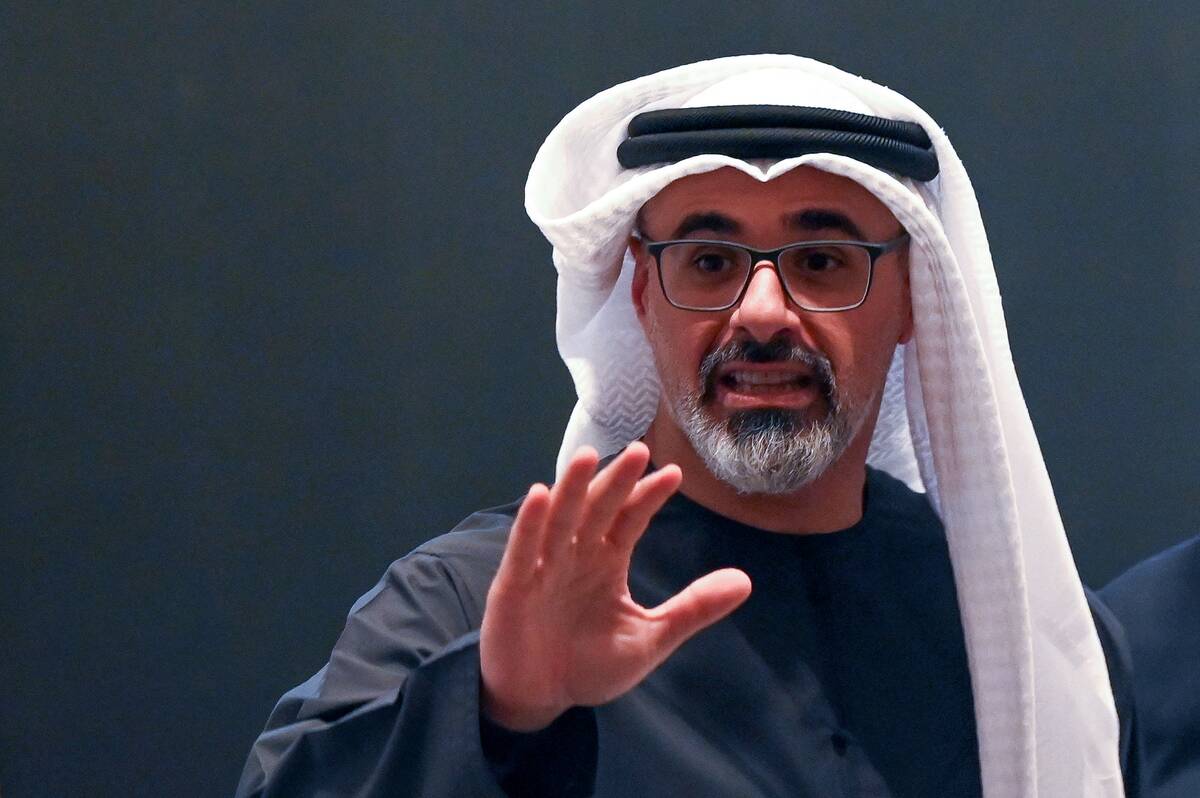
The United Arab Emirates is a federation of seven emirates, each ruled by its own monarch. The President of the UAE is traditionally the ruler of Abu Dhabi, currently Sheikh Mohamed bin Zayed Al Nahyan.
The UAE’s leadership is known for its rapid modernization and economic growth, transforming the region into a global hub for trade, tourism, and innovation. The royal families of the UAE are deeply involved in philanthropy and cultural preservation, balancing their rich heritage with the demands of a modern, cosmopolitan society.




